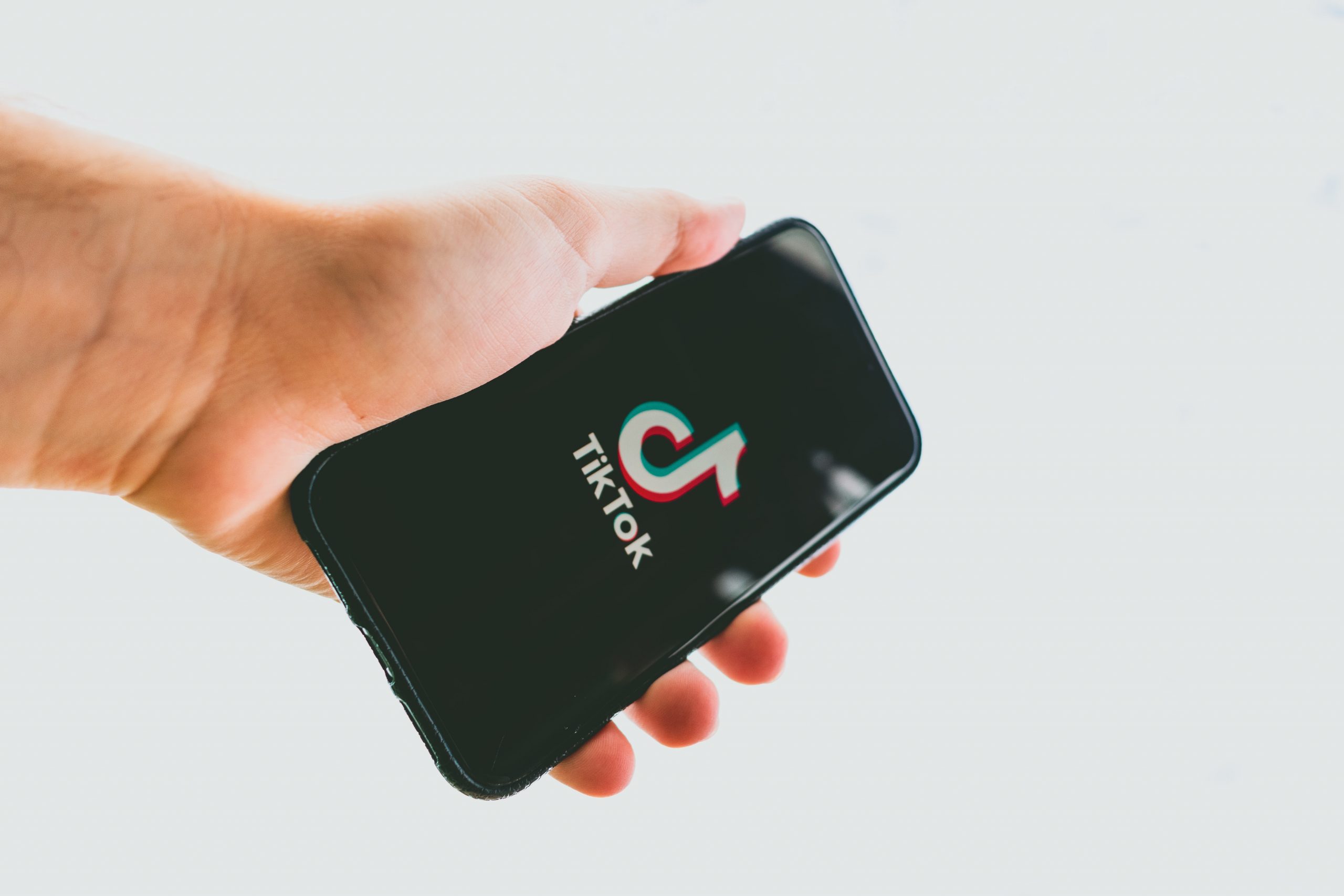This post is the third of five we’re releasing as part of our influencer strategy thought leadership series.You can download the full guide as a PDF right here.
The social media landscape is always changing. Every year, demographics shift to new platforms, usage patterns, and trends. What worked last year won’t necessarily work this year. It’s therefore essential for brand marketers to stay on top of the shifting landscape, predict where the next year will take us, and follow the trends because that’s where the audiences are.
Employees as Influencers
Each brand, and each company, has their own unique social network: their employees. Several studies, including those by Hootsuite and the Search Engine Journal, confirm what we at Tidal Labs have already seen to be a growing trend: in 2020, employers will have louder voices in the social media landscape. As global politics and policy becomes more polarizing, employees and consumers will start to look at employers to take moral and ethical stances in the hope that brands will become a voice of reason in an ever more divisive world.
As a result of this trend, brands are already looking to their employees as social media influencers. By putting the spotlight on employees, brands are able to humanize themselves in the eyes of social media consumers. Companies like Citi, Patagonia, and Subaru — as well as Holland and Barrett, a Tidal Labs customer — are already running employee spotlight and incentivization programs in order to offer social proof that the brand embraces social equality. Topics like pay equity, maternity leave, eco-consciousness, and political common ground are typically the focus of these employee-advocate campaigns.
In 2020, you, as a brand, should start thinking about how you can leverage not just social media influencers but also your own workforce for content generation and social reach. Figure out what your message to the world is, then shine a spotlight on the employees that best represent your brand’s values.
TikTok Shakes Things Up
Nearly every year a new social media trend dominates the younger demographics. This year, that trend is TikTok. Nearly 70% of TikTok users are between 16-24 years old. At the same time, almost 2/3 of TikTok users are in China — which for some is a highly desirable market, and for others is a market to avoid. It is reported that TikTok now has 800M monthly active users, so this platform is able to reach roughly 550 million Gen-Z-ers.
Content performance on TikTok can’t be tracked by automated tools (yet), and the content is lighthearted, funny, playful, and meme-driven. For now, if you’re uninterested in China, Gen-Z, or meme-driven content, you can ignore TikTok as a marketing channel. That said, you must not ignore what TikTok means to the shifting social landscape.
TikTok is further proof that younger audiences prefer short-form video content. Creativity on TikTok is primarily driven by remixing existing content and riffing off of existing memes. While TikTok may not be the appropriate marketing channel for you, those trends will continue into the near future: expect to see younger audiences stick to meme-remixing creativity.
Additionally, TikTok proves that new social platforms can come out of nowhere to completely dominate a demographic in the blink of an eye. The savvy brand marketer will keep this mind and look out for the next TikTok to emerge. In a year’s time there may be a new social platform that captivates an entire demographic, and it’s possible that whatever new platform appears is more appropriate for your brand than TikTok is. So be sure to pay attention to new emergent platforms, especially those focused on video and/or collaboration.
Authenticity is Key
Most social media managers agree that while influencer marketing is here to stay, the prevalence of celebrity influencers will fade. Influencer marketing is now a known quantity to the world, and audiences understand that most influencer relationships between celeb-tier influencers and brands are manufactured. As with television or display ads, audiences are now tuning out. For audiences, seeing authentic influencers will be key in 2020.
This trend is a continuation of what we at Tidal Labs have been tracking for a few years now. Engagement rates for celeb-tier influencers continue to fall (while prices rise), and mid- and micro-tier influencers continue to show higher engagement rates and increasing ROI as compared to the celebs.
To take advantage of this trend, follow our advice from previous emails: develop a tier of influencer advocates. Their reach is not as important as the authenticity of their relationships, both with your brand and their own audiences.
A Different Set of Metrics, and Some Uncertainty
Likes are going away. For years, brands have used likes/hearts/favorites as a vanity metric in order to track engagements on social content. Over the years, however, the value of a like has fallen drastically — from roughly $1-2 as of just a couple of years ago, to $0.02 – $0.10 now. Likes, over time, stopped representing engagements and have instead become a proxy for impressions or pageviews, as the meaning of a “like” has evolved from “I love this content!” to “I acknowledge I have seen this content” in the eyes of social media consumers. And it’s a metric that can be easily gamed with easy ways to buy likes or push followers to like content.
But now like counts are being gradually removed from social UIs, especially in Facebook’s sphere of influence. Brands can no longer rely on like counts as a reportable metric, and will need to shift their reporting focus to other factors.
The social networks have not yet offered a metric to fill the void that will be left behind by likes. In 2020, therefore, expect reporting to become more uncertain and algorithm- or heuristic- driven. Brands will likely use “total reach” or “effective reach” metrics in place of likes this year, as both are essentially proxies for impressions.
It seems likely that, after removing likes from their platforms, social networks will ultimately be forced to report firmer impression-style metrics to their brand-partners, as the need for some sort of reach validation for influencer campaigns becomes ever more urgent. Do not expect this in 2020, however; if social networks do start reporting on impressions, it most likely will not happen until next year, and it also will likely only be available for reporting by approved influencers (for instance, Instagram Business accounts but not Instagram Creator accounts).
Therefore, you should shift your reporting focus this year to tangibles: the quality of the influencer content, and the engagement rate in terms of comments, which will still be reported by the networks in the near future. Expect to see comment rates rise slightly while overall engagement rates fall, as analytics companies start rolling out new algorithms to track performance.




